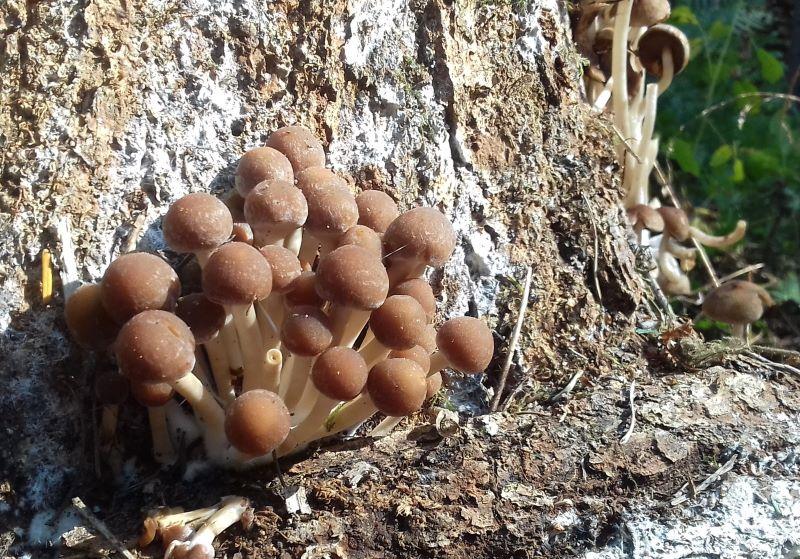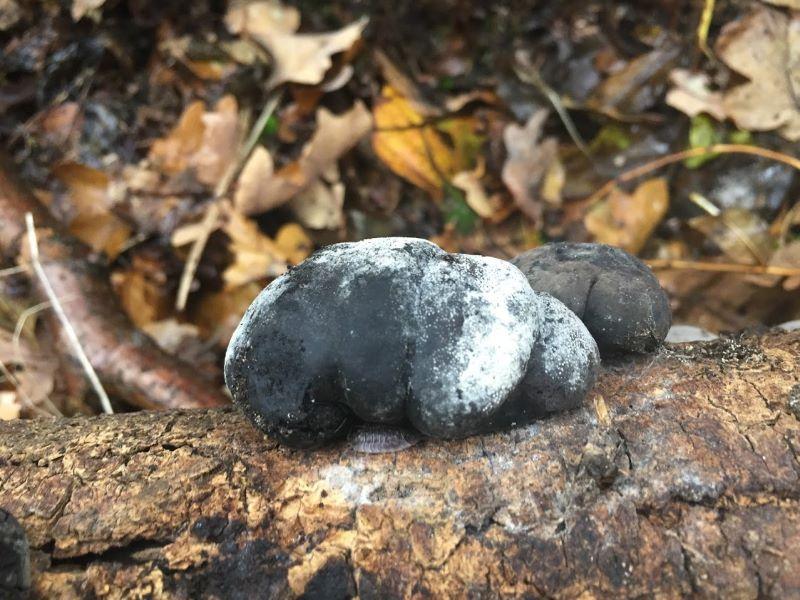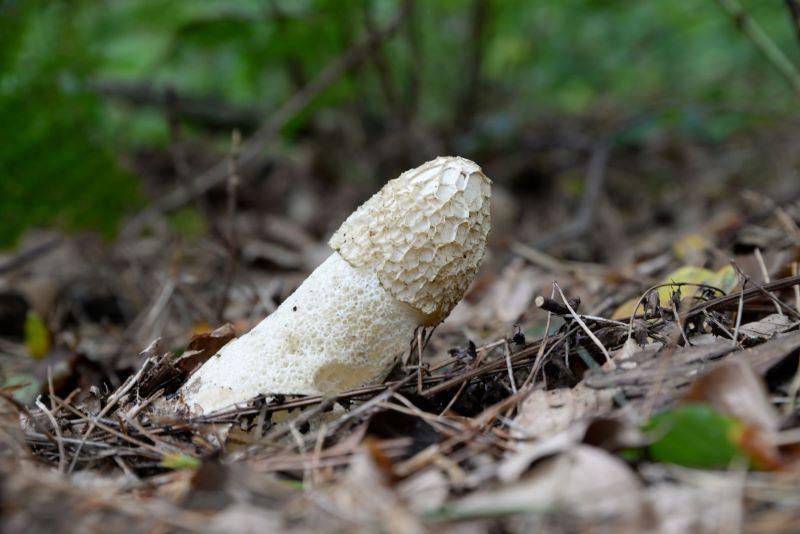
5 fungi to spot in the Forest
Fungi are truly fascinating and are always an exciting discovery on a woodland walk. During autumn, you will see an array of different mushrooms and toadstools springing up across the Forest floor or clinging to trees. Many of these may look like a ‘classic’ mushroom shape, but there are a lot that do not. Some can resemble coral, turkey tails… or even orange peel!
Saprophytic fungi
Many fungi are ‘saprophytic’ – this means they live on dead or dying wood, leaf litter or animal bones/faeces. Saprophytes play a very important role in the ecosystem, breaking down dead organic matter, starting the decay process and making it easier for other plants and creatures to access the nutrients locked up in dead plants. They are a great example of why leaving deadwood in forested areas is so important for biodiversity.
Fungi in the Forest: Our top 5 to spot
Note: Although some of the species mentioned in this article are edible, some fungi out there are deadly poisonous. You should never pick wild fungi to eat without expert advice or being 100% certain of the identity of the species. Fungi can also look very different depending on their age, environment, and stage of growth, so can be very difficult to identify.
Fly agaric
This unmistakeable fungus is always a welcome sight in the Forest and can be seen from early to late autumn. Associated with pine and birch, it has a symbiotic (mutually beneficial) relationship with the trees, taking nutrients from their roots without detriment.
The toadstool of fairy tales, it is a vibrant red or orange colour punctuated by a mass of white wart-like spots. The mythology surrounding fly agaric is probably due to the toxic hallucinogenic properties caused by a compound called muscimol found in the fungi. In Victorian and Edwardian times, however, it featured on Christmas cards as symbol of good luck, quite possibly being the inspiration for Santa Claus’ red and white suit.
Where to find it: along the bridleway in Coughton Park.

Brown birch bolete
These edible fungi grow only with birch and can be found in the grassy areas beneath them. Interestingly, they can be found under the establishing birch trees in the Forest within just 10 years of them being planted.
Their domed brown caps range from 5 – 15 cm wide and sit atop white stems covered in tiny black scales. These fungi are very variable and sometimes have caps of pure white. The underside of the cap has small circular tubes ending in pores, and the stem has dark brown woolly scales.
Where to find it: grassy areas beneath birch trees.

King Alfred's cakes
This fungus looks just like lumps of coal and can be found on dead ash and beech branches. The story behind the name is that while King Alfred was taking refuge with a peasant woman to escape the Vikings she asked him to watch over her cakes baking by the fire, but he let them burn and ashamed of his negligence he scattered them outside. Incidentally, they make great fire-lighters!
They only turn black when fully grown, starting out as a pinkish-white colour. Inside they have concentric growth rings, very similar to those found in trees trunks.
Where to find it: throughout the Forest, anywhere with dead ash.

Common stinkhorn
This interestingly shaped fungus is once smelt never forgotten. The smell is to attract flies which then spread the spores. The unforgettable smell is almost overshadowed by the unusual shape – no surprise that its Latin name is Phallus impudicus! Some Victorians were so embarrassed by the phallic shape that they would attack them with cudgels to try to stop them fruiting and “making a bad impression on impressionable young ladies”!
Once your nose alerts you to its presence, look on the woodland floor around a dead broadleaf tree stump off which it will be living.
Where to find it: in mature broadleaf woodlands such as Bannams Wood or Roberts Wood, and sometimes ancient hedgerows.

Porcelain fungi
With its translucent, white caps, it is easy to see how this fungus got its name. Seen growing on dead beech trunks and fallen branches, it is edible but only when the mucous slime is washed off and it is cooked.
When these fungi grow underneath a large branch or trunk, the stem will curl back towards the tree so that the gills are always downwards and the cap is upwards – meaning the stems can sometimes grow out horizontally from the wood. The porcelain fungus is a fierce competitor and will release its own fungicide to prevent any other fungi from getting a look-in.
Where to find it: specific to beech trees, look out for them on dead trunks and fallen branches.




